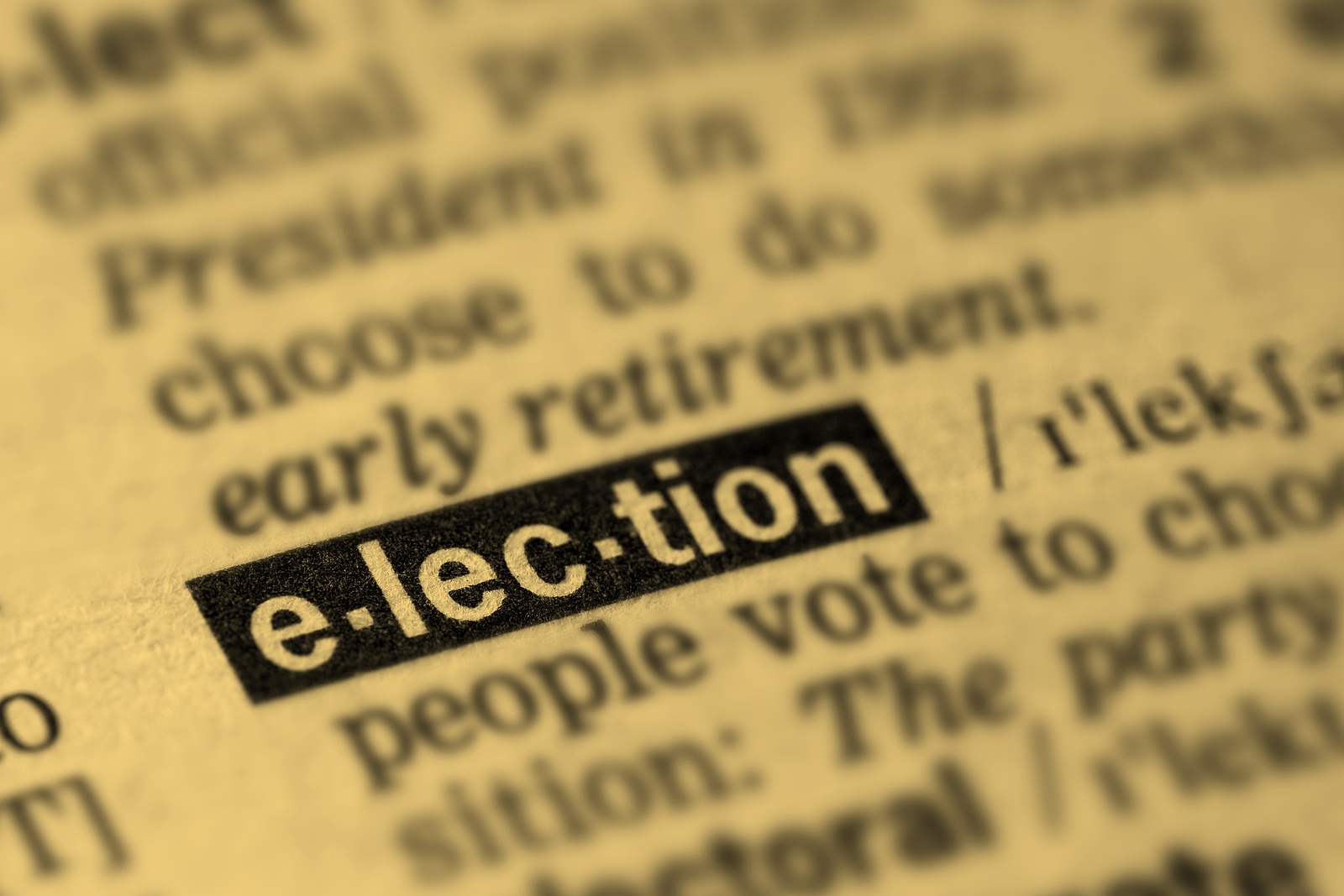This week, September 26-30, is the start of our Ohio Employees Vote campaign for Employee Voter Registration Week! If you are not already registered to vote or if you need to update your information on file with your voter registration, this is a great time to do so. Take time to visit the voter registration page on ohioprosperity.com. Once you’re there, simply enter your zip code and complete your state’s voter registration process.
The “BIPAC Daily” political analysis is from BIPAC Political Analyst Jim Ellis. BIPAC is an independent, bipartisan organization. In Mr. Ellis’ most recent article, he analyzes the state of play in critical swing states following last nights first presidential debate.
“A Centennial Swing”
By: Jim Ellis
September 27, 2016 – Even before last night’s first debate was complete, we began seeing some political movement particularly in one critical battleground state.
In the 21st Century, the states of Florida, Ohio, North Carolina, Virginia, New Hampshire, Iowa, Colorado, and Nevada have been traditionally regarded as the swing battleground pool in the presidential race. In the last two elections, all but North Carolina voted Democratic. Such a pattern was continuing to take hold in Virginia, Colorado, and Nevada, though the 2013-14 elections did show Republican gain. Most of this particular shift, however, was attributable to voter turnout patterns instead of any ideological shift toward the GOP.
Now in the presidential general election, the political tide is beginning to turn in several of these states. Colorado, a place that had clearly been trending Democratic in the previous few elections and appeared poised to easily vote for Hillary Clinton earlier in the cycle is now exhibiting signs that Donald Trump is at least in position to contend for the Centennial State’s nine electoral votes.
In August, three Colorado polls from three different polling organizations, NBC News/Wall Street Journal/Marist Institute for Public Opinion, Quinnipiac University, and Magellan Strategies released ballot tests that gave Ms. Clinton leads of twelve, eight, and five points, respectively. From June 21st to August 31st, eight consecutive polls found Ms. Clinton ahead of Donald Trump within a range of one to 13 percentage points. All indications pointed to a comfortable Clinton Colorado victory.
September’s data, however, marks a notable change. Since Labor Day, five Colorado polls with sample sizes greater than 600 registered voters were conducted, and three of the five find Trump taking the lead two by four percentage points. The Emerson College Polling Society (9/9-13; 600 CO likely voters) and Gravis Marketing (9/22-23; 799 CO likely voters) each find Mr. Trump posting such an advantage. Emerson saw Trump holding a 42-38-13-3% edge over Clinton, Libertarian nominee Gary Johnson, and Green Party candidate Jill Stein. Gravis forecasted a similar spread ten days later. Their result found a 41-37-6-6% margin.
Quinnipiac University (9/13-21; 612 CO likely voters) saw Clinton holding the top position, but by a reduced two points: 44-42-10-2%. The other poll maintaining a Clinton advantage was CBS News/YouGov (9/21-23; 991 CO likely voters), and they see an even smaller spread, down to just one point between the two major party contenders. CBS/YouGov found a 40-39-7-2% spread.
The latest poll was just released yesterday, and comes from CNN/ORC (9/20-25; 784 CO likely voters). While they see the same one-point margin as CBS/YouGov, the CNN result finds Trump in first position.
The clear shift in Colorado toward Trump means that the state is not only back squarely within the battleground contingent, but could now be a factor as part of a group of competitive states that today appear headed in Trump’s direction (FL, OH, NC, IA, NV). Such a move is extremely important for the Trump campaign, which must expand the political playing field and win at least five states that President Obama carried twice.
